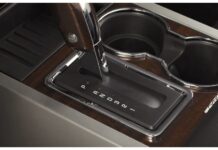There is more to driving a car than just getting to from point A to point B for enthusiasts. Drivers enjoy the thrill their ride has to offer. For some, it’s the breeze that freshens them up. For others, its private karaoke time they get.
But whatever their pleasures may be, drivers, even experienced drivers, at times make mistakes in new cars. Sometimes those mistakes are so small that they go unnoticed.
However, it is always a good idea to stay alert and know about what is right and wrong for your car.
Here are five things that every driver with a brand new car should avoid doing:
1. Slamming the Brakes
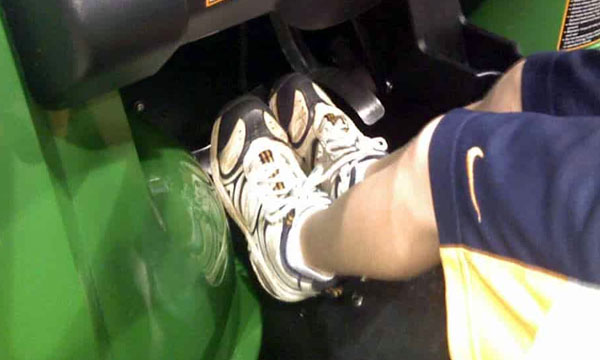
It is relatively easy to get carried away by the excitement of having a new car. It’s understandable to slam the brakes to avoid an unfortunate collision, or hitting a pedestrian. However, it can also cause avg performance.
If you can avoid too much hard braking during the first few hundred miles, then your brand new car will continue to perform well for longer, and prevent long-term damage to the braking system.
2. Do Not Ignore Checking Fluid Levels
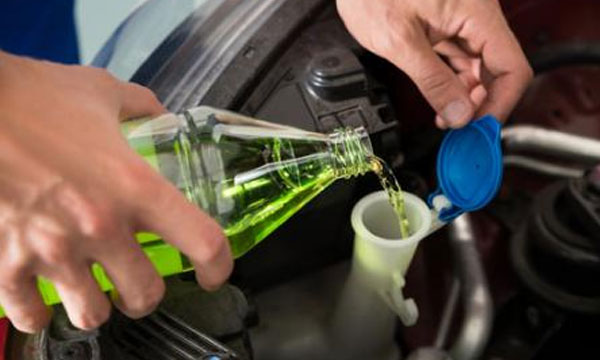
Some drivers tell themselves that they have a new car, which means it’s in perfect condition and will not need months of looking after. That’s not true! Be it new or old; you need to check on the car’s fluid levels all the time! Not checking the coolant and oil can lead to excessive and expensive damage to the engine.
3. Avoid Speeding & Racing for the First Few Miles

If you think it’s a great idea to test your new car at a race or track where you can challenge others, think again! The first few miles on a vehicle needs extra care; you need to keep the speed low and avoid unnecessary braking as well.
New tires are coated with a thin layer of lubricant–used during the manufacturing process to stop mold from developing in the rubber. This lubricant burns off within a few miles.
As tempting as it may be to hit that pedal, avoiding that feeling will give you a better performing car and a longer-lasting ride with fewer expenses.
4. Avoid Changing Gears When Their Revs Are High
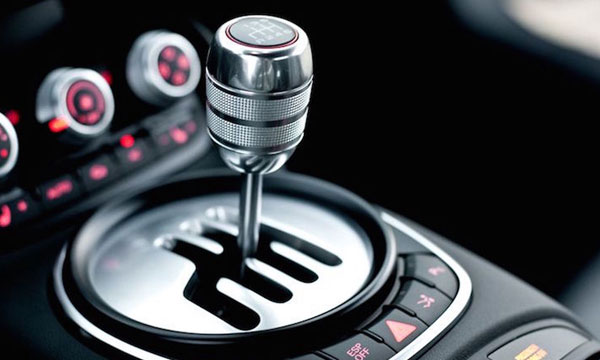
Usually, when driving shift, you change gears when your revs are high, often well toward or even above the “red line” on the RPM gauge situated on your dashboard.
Drivers should avoid changing gears when their revs are high, and they should try, as much as possible, to change gears both up and down when their revs are well below the thin red line.
5. Avoid Short Trips
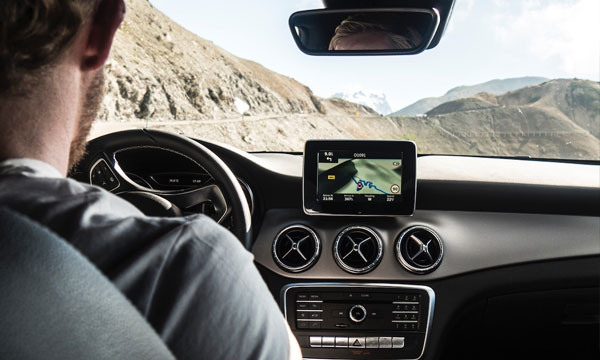
Too many short journeys are bad news for new cars during their breaking-in period. It’s far better for your engine if it has a chance to properly warm up every time it’s turned over, rather than only getting close to the optimal temperature just as you pull back up at your house.
Stay home and stay safe. Drive carefully.
Stay tuned to Brandsynario.




















